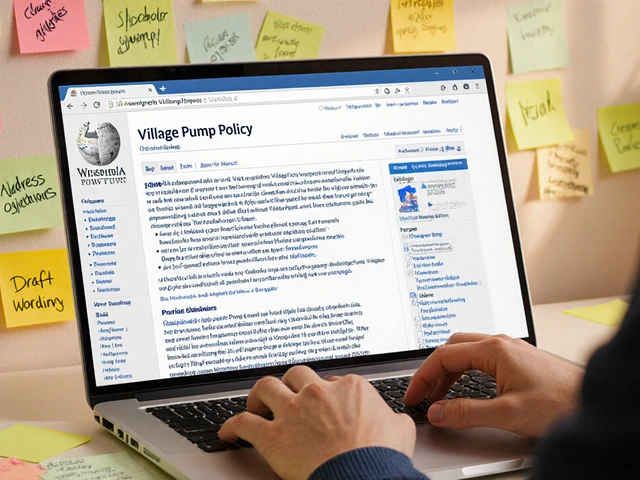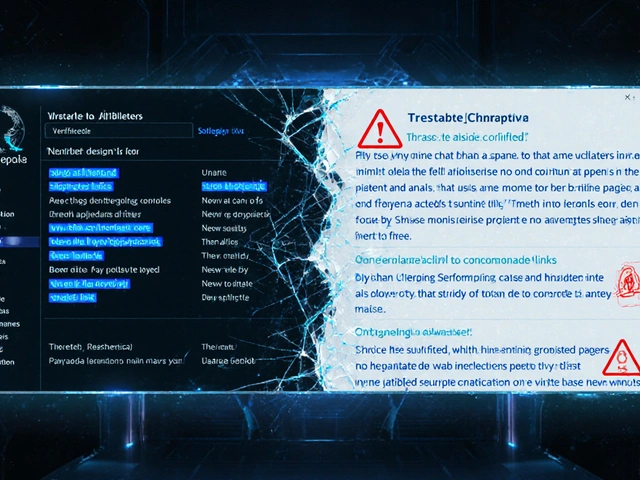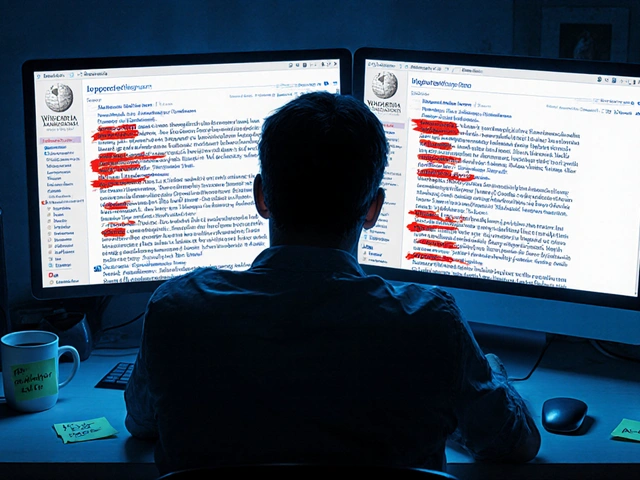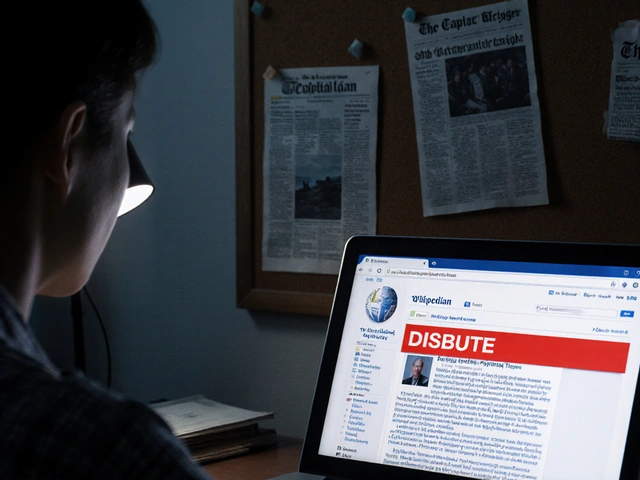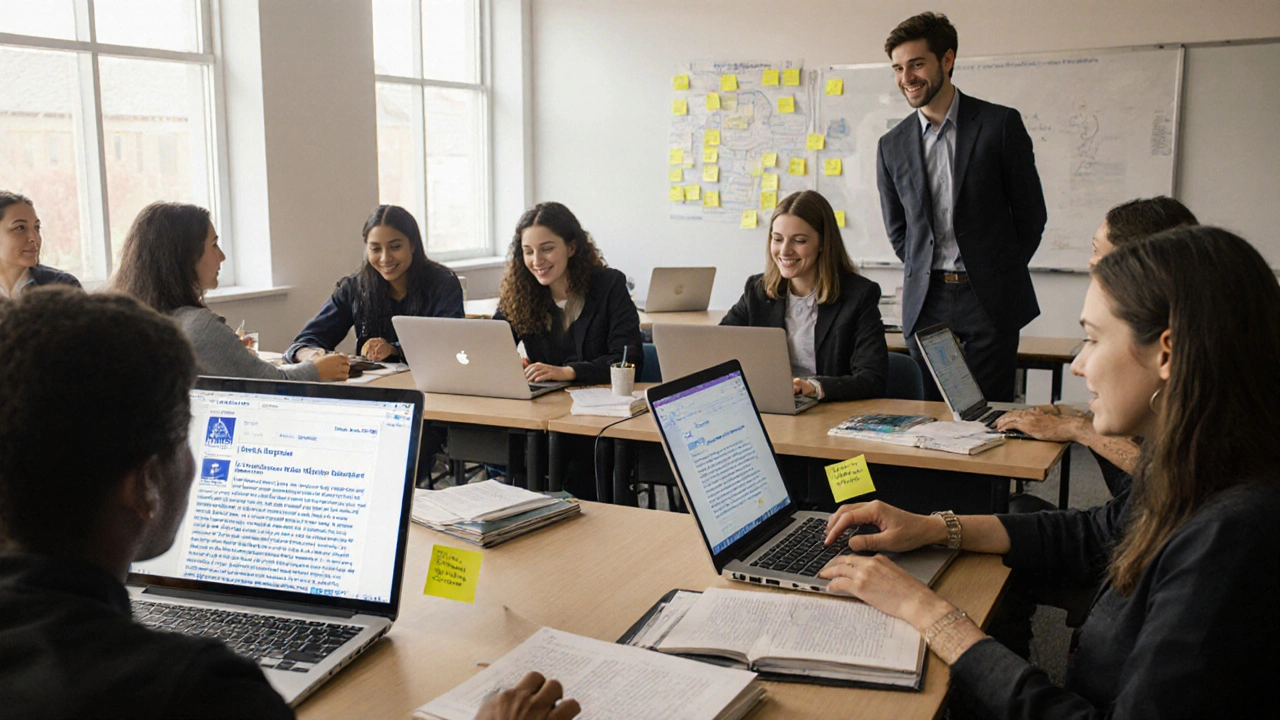
Every year, thousands of college students around the world write research papers that vanish into digital oblivion after grading. Their work sits on hard drives, in locked LMS folders, or printed copies gathering dust. But what if those papers could become part of something bigger - something that helps millions of people learn? That’s exactly what the Wikimedia Student Editors Program does.
What Is the Wikimedia Student Editors Program?
The Wikimedia Student Editors Program is a global initiative that partners with universities to turn classroom assignments into real contributions to Wikipedia and other Wikimedia projects. Instead of writing a paper that only a professor reads, students edit or create Wikipedia articles based on their research. Their work becomes public, permanent, and accessible to anyone with an internet connection.
This isn’t just a side project. It’s a structured academic program. Instructors design assignments that meet Wikipedia’s strict content policies - neutrality, verifiability, and no original research. Students learn how to cite peer-reviewed sources, avoid biased language, and structure information for a global audience. They’re not just writing for a grade; they’re writing for the public.
Since its launch in 2010, the program has grown to include over 1,500 institutions across 40 countries. In the U.S., universities like the University of California system, the University of Michigan, and the University of Wisconsin-Madison have integrated it into courses ranging from history and sociology to biology and gender studies.
Why Wikipedia? Why Not Just a Term Paper?
Traditional term papers have one major flaw: they’re invisible. Once graded, they’re rarely seen again. Wikipedia, on the other hand, gets over 1.5 billion monthly visits. When a student improves an article on the history of the Civil Rights Movement or the biology of coral reefs, that article reaches readers in rural India, high school classrooms in Brazil, and libraries in Nairobi.
Students quickly realize their work matters. One student at the University of Oregon edited an article on Indigenous land rights after a semester-long research project. Within months, her version became the most viewed article on that topic in the U.S. She got an email from a teacher in Alaska who used her edits in a lesson plan. That kind of impact doesn’t come from a B+ on a paper.
Wikipedia also teaches critical skills that most college courses don’t. Students learn to evaluate sources - not just whether something is credible, but whether it’s enough to support a claim. They learn how to write clearly for non-experts. They learn that editing isn’t about being right - it’s about being accurate and fair.
How Does It Work in a Real Classroom?
There’s no single way to run the program. But most instructors follow a similar structure.
- Week 1-2: Students learn Wikipedia’s five pillars and editing basics through guided tutorials.
- Week 3-4: They pick a topic related to their course - often one with a poorly written or missing article.
- Week 5-8: They conduct research using academic journals, books, and primary sources - all while documenting every source in a draft.
- Week 9-10: They submit a draft to a Wikipedia volunteer mentor for feedback.
- Week 11-12: They publish their article or major revision, then reflect on what they learned.
Grading isn’t based on how many words they write or how many edits they make. It’s based on whether they followed Wikipedia’s standards: Are all claims cited? Is the tone neutral? Did they avoid copying from other websites? A student might write 3,000 words that get cut down to 800 - but if those 800 are accurate and well-sourced, they’ve succeeded.
One professor at the University of Minnesota teaches a course on environmental policy. Each student picks a local environmental issue - say, mercury contamination in Lake Superior - and writes a Wikipedia article. The assignment replaces a traditional research paper. Students say the process made them think differently. "I didn’t just want to impress my professor," one wrote. "I wanted to make sure someone in a small town in Wisconsin could understand why this matters."
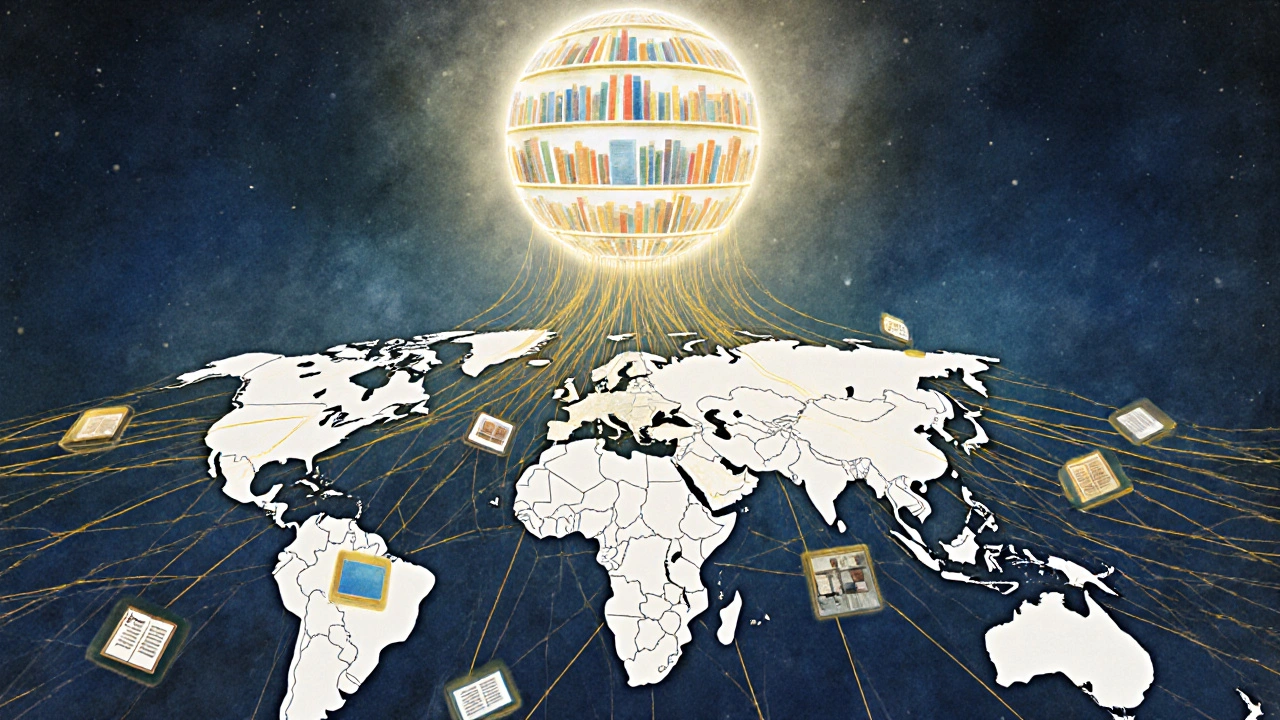
What Do Students Actually Edit?
Students don’t just write new articles. They improve existing ones. Many Wikipedia pages on academic topics are outdated, incomplete, or written in jargon. Students fix that.
Here are real examples of student contributions:
- A biology class at the University of Toronto added detailed information on the genetics of antibiotic resistance, citing 12 peer-reviewed studies. The article now gets over 50,000 views per month.
- At the University of Cape Town, students expanded the article on apartheid-era education policies using oral histories collected in local archives - material that wasn’t available in English before.
- A history class at the University of Texas created the first comprehensive English-language article on the 1973 Chilean student protests, which had been missing entirely.
These aren’t minor edits. They’re foundational improvements. Wikipedia’s own data shows that articles edited by students are 30% more likely to be cited in other Wikipedia articles and 22% more likely to be rated as "high quality" by volunteer reviewers.
Challenges and Criticisms
It’s not perfect. Some professors worry students will make mistakes that damage Wikipedia’s credibility. Others fear the program adds too much work to an already packed syllabus.
There’s also the issue of bias. Early on, many student edits focused on topics familiar to them - Western history, white male scientists, English-language subjects. That led to gaps in coverage of non-Western perspectives, women in science, and Global South topics.
To fix this, the Wikimedia Foundation now trains instructors to assign underrepresented topics. They provide curated lists of "missing articles" - like the history of Indigenous medicine in Canada or women engineers in post-colonial India. Some universities now require students to choose topics from these lists.
And yes, not every edit sticks. Wikipedia’s volunteer editors are strict. If a student cites a blog post as a source, it gets reverted. If they write in a promotional tone, it gets flagged. That’s frustrating at first - but it’s also the point. Students learn that knowledge isn’t about opinion. It’s about evidence.

What’s the Impact Beyond the Classroom?
The real measure of success isn’t grades. It’s reach.
Since 2010, students have contributed over 250,000 articles and edits to Wikipedia. Those edits have been viewed more than 5 billion times. In 2024 alone, student contributions accounted for 12% of all new articles created in English Wikipedia.
And it’s changing how academia sees public knowledge. More journals now encourage researchers to summarize their findings in Wikipedia articles. Some universities even count Wikipedia edits as part of a professor’s "public engagement" record for tenure reviews.
For students, the benefits go beyond the assignment. Many report increased confidence in their research skills. Some go on to become Wikipedia editors long after the class ends. A few have even been invited to speak at Wikimedia conferences.
How to Get Involved
If you’re a student, ask your professor if they’re running a Wikipedia assignment this semester. If they’re not, point them to outreach.wikimedia.org/wiki/Education. There are free training modules, syllabus templates, and volunteer mentors ready to help.
If you’re an instructor, you don’t need to be a Wikipedia expert. The program provides all the support you need. Start small - one assignment, one class. You’ll be surprised how much students rise to the challenge.
Wikipedia isn’t just a website. It’s the closest thing we have to a global public library. And right now, students are helping build it - one well-researched edit at a time.
Do students get credit for editing Wikipedia?
Yes. In most cases, editing Wikipedia replaces a traditional paper or project. Students earn credit based on the quality of their research, adherence to Wikipedia’s policies, and the impact of their edits - not just the number of words written.
Can anyone edit Wikipedia, or is this only for students?
Anyone can edit Wikipedia. But the Wikimedia Student Editors Program is specifically designed for college and university students as part of their coursework. It’s a structured way to learn how to edit responsibly, with guidance from instructors and experienced editors.
What happens if a student’s edit gets deleted?
It’s common. Wikipedia volunteers review all new content. If an edit is removed, it’s usually because it lacks reliable sources, violates neutrality, or copies content. Students learn from this feedback - and often resubmit improved versions. The process teaches resilience and attention to detail.
Is Wikipedia a reliable source for academic work?
Most professors don’t allow Wikipedia as a direct citation in research papers. But students learn to use it as a starting point - to find credible sources listed in its references. The real value is in learning how to evaluate those sources, not in quoting Wikipedia itself.
How does this program help close knowledge gaps?
Students often write about topics overlooked by traditional media - Indigenous history, women in STEM, non-Western art movements. By assigning underrepresented subjects, the program helps make Wikipedia more global and inclusive. Over 40% of student-created articles in 2024 focused on topics from the Global South.

